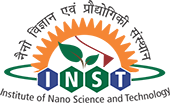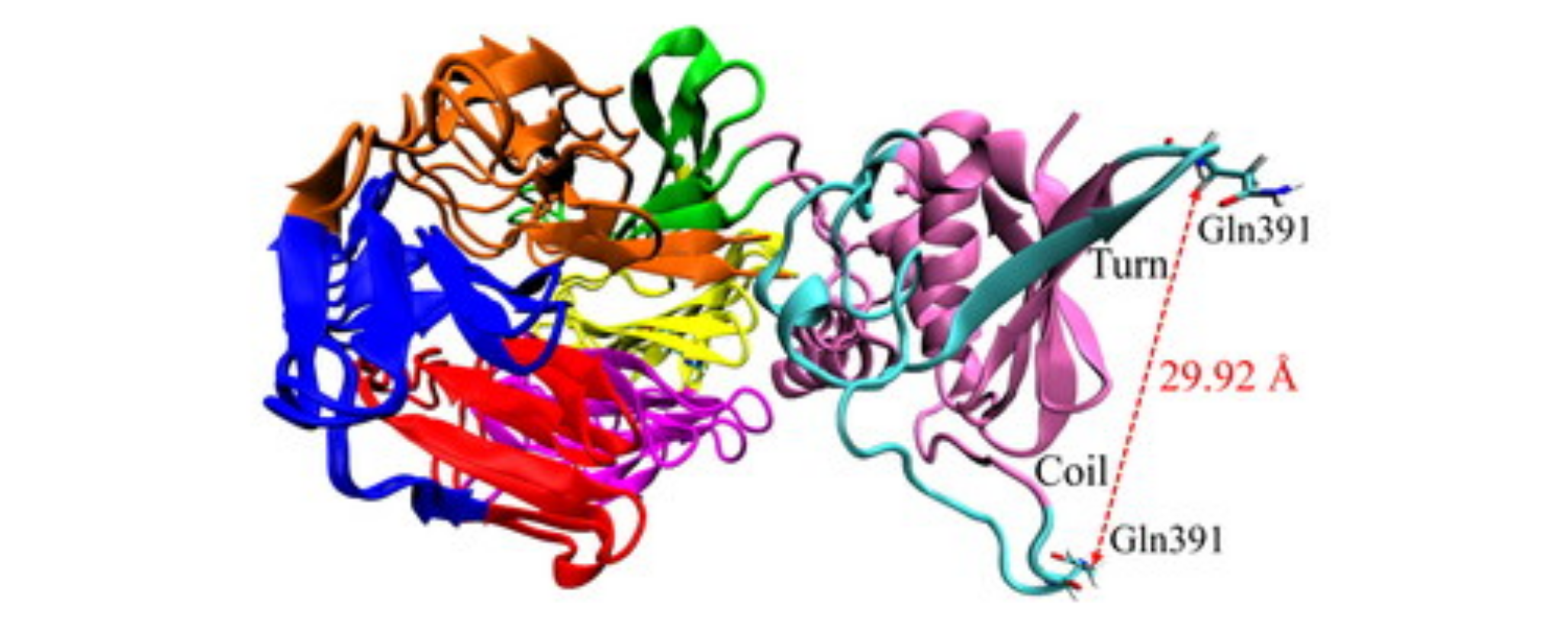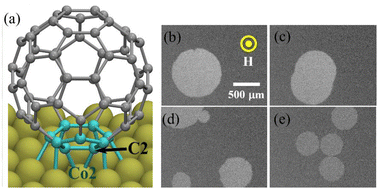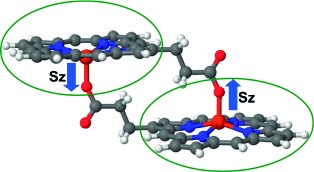Malaria is one of the most wide spread parasitic diseases and almost half the world’s populations are under its potential threat. The emergence and spread of drug resistance to the malaria parasite is a severe public health concern all over malaria-endemic countries. Artemisinin and its derivatives are the most effective and widely used treatment for Plasmodium falciparum malaria. The activation of artemisinin, i.e., cleavage of the endoperoxide bond that generates radical intermediates plays a key role in the antimalarial activities. Despite its tremendous success and popularity in malaria therapeutics, the molecular mechanism of artemisinin’s activity and resistance to parasites is still elusive. In this project, we will explore the exact mechanism of artemisinin activation by applying density functional theory (DFT) and state-of-the-art computational techniques based on the spin-constraint density functional theory (CDFT). The classical Molecular Dynamics (MD) Simulation is adopted to study the drug resistance mechanism. The trigger for homolytic cleavage of endoperoxide bond at the food vacuole of the parasite is another domain to be established. To protect the endoperoxide bond activation at the nonparasitic location we will also study the nano-drug delivery systems of the endoperoxide-based drugs. The main purpose of this project is to understand the mechanism of activation of artemisinin drug and growing antimalarial drug resistance.
Core Areas
Involved Members
Related Publications
"How do the Mutations in PfK13 Protein Promote Anti-Malarial Drug Resistance ?" , J. Biomol.Struct. Dyn , 2022 , 1-10.
"Nonreductive homolytic scission of endoperoxide bond for activation of artemisinin: A parallel mechanism to Heterolytic cleavage" , J. Phys. Org. Chem , 2022 , 35 , e4392.
"Development of nanostructured lipid carriers as a promising tool for methotrexate delivery: physicochemical and in vitro evaluation" , J. Biomol. Struct. Dyn. , 2022 , 1-12.
"Unraveling the Electronic Structure, Spin States, Optical and Vibrational Spectra of Malaria Pigment" , Chem. Eur. J , 2015 , 21 , 8544-8553.
"The iron-sulfur core in Rieske proteins is not symmetric" , J. Biol. Inorg. Chem , 2014 , 19 , 1287-1293.






